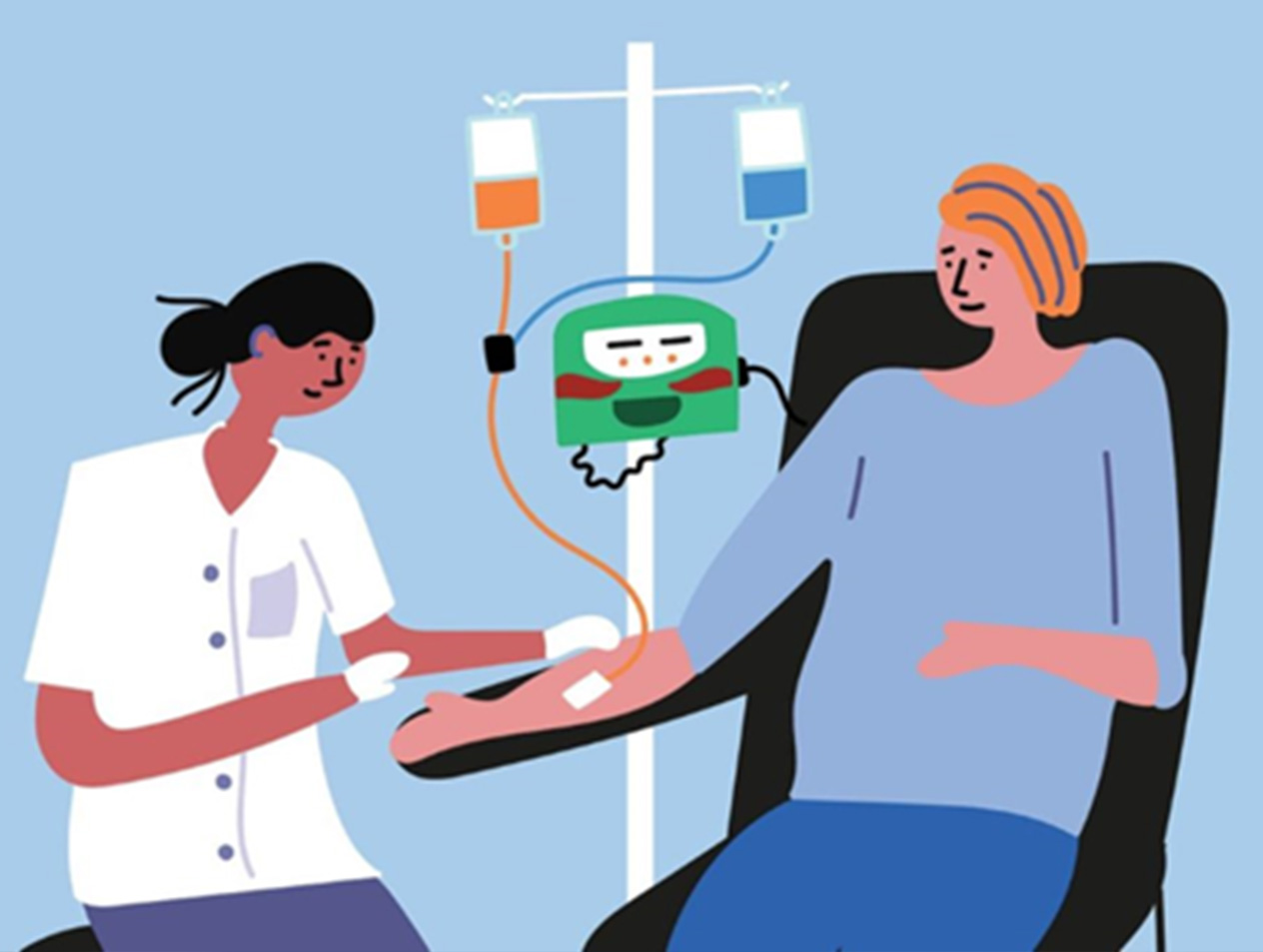Doctors use different methods to detect breast cancer. Some include a breast exam where the doctor will check both the breasts and lymph nodes in the armpit to feel for any lumps or abnormalities, a mammogram where an x-ray of the breast is taken, a breast ultrasound where sound waves are used to produce images of structures deep within the body, a biopsy where a doctor uses a specialized needle to extract a tissue from a suspicious area and an MRI where magnets and radio waves are used to create pictures of the interior of the breast.
Depending on how far the cancer has spread and the stage at which it is detected, breast cancer can be treated in many ways. There are times where patients receive more than one kind of treatment. The following are possible treatment options for breast cancer:
- Chemotherapy: Chemotherapy is a method through which drugs are used to destroy the fast-growing cells. If the patient has a high risk of returning, the doctor may recommend chemotherapy after surgery to decrease the re-occurrence of cancer. It could also be given before surgery if the patient has larger tumors to reduce the size to make it easier to remove during surgery.
- Surgery: There are many types of operations used to treat breast cancer such as:
- Lumpectomy: This is also referred to as breast-conserving surgery or wide local excision. In this procedure, the surgeon removes the tumor and a little bit of the surrounding healthy tissue. This surgery is used to remove small tumors.
- Mastectomy: This operation removes all the breast tissue: the lobules, ducts, fatty tissue, and some skin, including the nipple and areola (total or simple mastectomy).
- Sentinel node biopsy: The surgeon will remove a limited number of lymph nodes to determine if the cancer has spread to the lymph nodes. If no cancer is found in the lymph nodes removed, there is low possibility of it being there in other lymph nodes hence, no other nodes are removed.
- Axillary lymph node dissection: If cancer is found during the sentinel node biopsy, the surgeon may suggest removing more lymph nodes in your underarm.
- Removing both breasts: Some may choose to have their healthy breast removed (contralateral prophylactic mastectomy) if they have a risk of developing cancer in their healthy breast which could be due to family history or even genetic predisposition.
- Hormone-blocking therapy: This treatment is used only the cancer is sensitive to hormones. These cancers are referred to as estrogen receptor positive (ER positive) and progesterone receptor positive (PR positive) cancers. This also can be done before or after surgery to prevent the re-occurrence of cancer. Treatments used include:
- Medications that block hormones from attaching to cancer cells (selective estrogen receptor modulators)
- Medications that stop the body from making estrogen after menopause (aromatase inhibitors)
- Surgery or medications to stop hormone production in the ovaries.
- Radiation therapy: Using high-energy rays, such as X-rays and protons to kill the cancer cells. This is usually done by a large machine that aims the energy beams at the body (external beam radiation). It could also be done by placing a radioactive material inside the body (brachytherapy). External beam radiation is commonly done after a lumpectomy whereas breast brachytherapy may be used after a lumpectomy if the patient has a lower risk of cancer reoccurrence.
Thankfully with the advancements in medicine, there is still hope for patients with cancer however, there is still a lot of scope for research in treatment of breast cancer and hopefully there will be less painful treatments for breast cancer in the future.

Leave a Reply